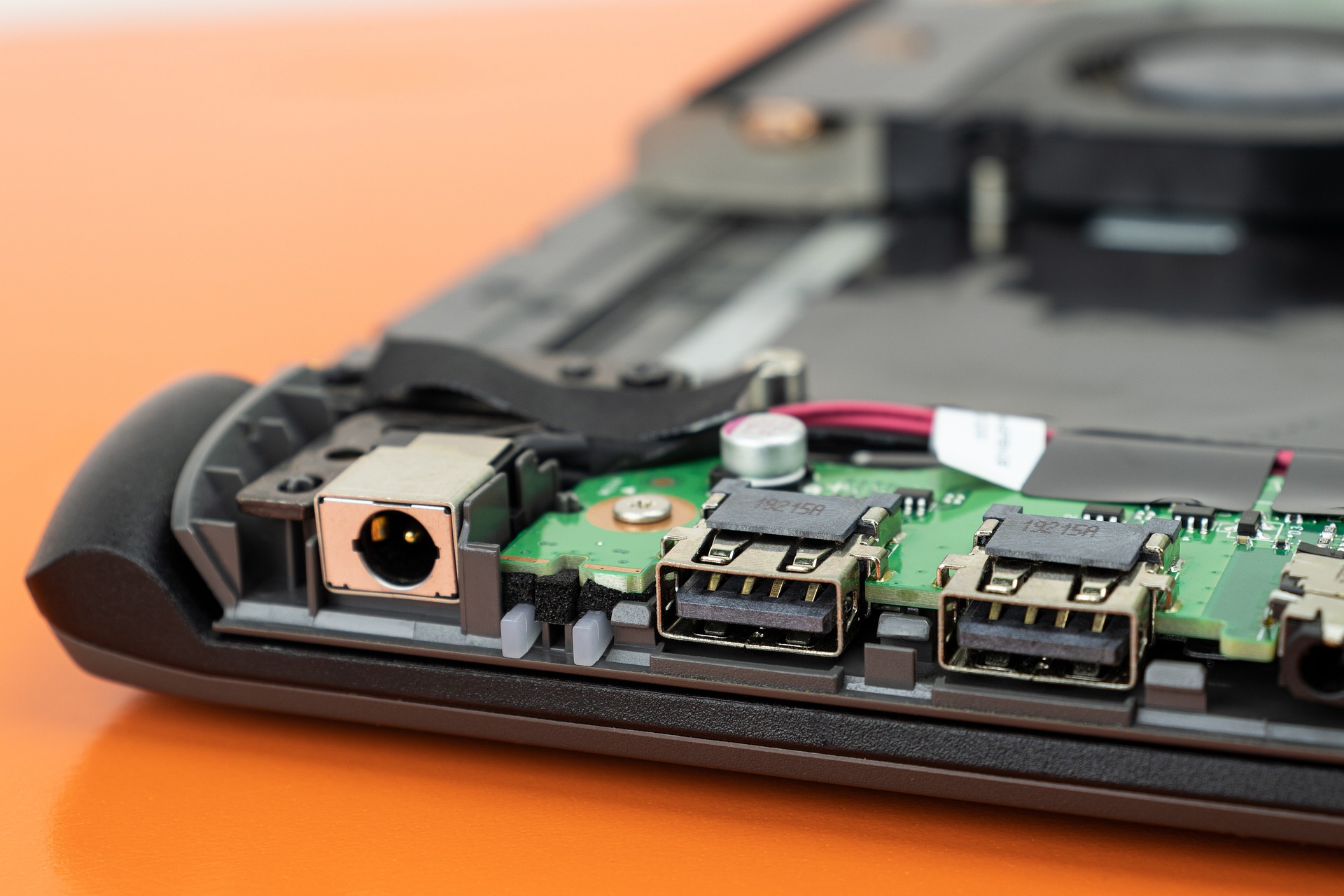Optimizing system performance through driver and firmware updates
Keeping drivers and firmware up to date is one of the most effective ways to maintain and improve system performance across pcs and laptops. Updates can fix bugs, improve hardware compatibility, unlock stability improvements for gpus and ssds, and address power or thermal management. A disciplined update routine, paired with basic troubleshooting and careful compatibility checks, helps extend hardware lifespan and ensures predictable benchmarks and daily responsiveness.

Keeping drivers and firmware current is a practical step to maintain responsiveness and stability across modern systems. Whether you use a desktop for content creation or a laptop for daily tasks, driver updates often resolve compatibility issues and tweak performance parameters. Firmware updates for storage, power subsystems, and motherboards can improve reliability and thermal behavior. This article explains how updates interact with hardware components, how to approach upgrades safely, and how troubleshooting and benchmarking fit into a maintenance routine.
How do driver updates help pcs and laptops?
Device drivers are the software layer that translates operating system requests into commands hardware understands. Regularly updating drivers for network adapters, audio, and chipset components can reduce crashes, improve throughput, and resolve latency issues on both pcs and laptops. Laptops sometimes benefit from vendor-specific drivers that optimize power profiles and fan curves; desktops may see better peripheral compatibility and marginal performance gains in certain workloads. Always prefer drivers from the device maker or your operating system’s official repositories to avoid unstable third-party packages.
What role do hardware and motherboards play in update cycles?
Motherboard firmware (BIOS/UEFI) and chipset drivers form the foundation for system stability. Firmware updates can add support for new CPUs, improve memory compatibility, or modify how the board manages power and PCIe lanes. When upgrading major components like a CPU or memory, check the motherboard vendor’s compatibility list and firmware notes. Hardware-level improvements often require coordinated driver and firmware changes; updating one without the other can leave lingering compatibility problems. Keep a recovery plan: note current versions and know how to roll back firmware if an update causes issues.
When should you update gpus and ssds for better benchmarks?
GPU drivers are updated frequently to add optimizations, fix rendering bugs, and support new APIs. Gamers and creators often see tangible changes in benchmark results after an optimized driver release. SSD firmware updates, while less frequent, can improve performance consistency, wear leveling, and data integrity. Before applying GPU or SSD updates, read release notes for the targeted workloads and ensure power and cooling are adequate—some performance improvements can increase thermal output. For benchmarking, record baseline results so you can measure the real-world impact of an update.
How do peripherals and accessories affect compatibility?
Peripherals such as keyboards, mice, printers, and audio interfaces rely on drivers or firmware for full functionality. Updating peripheral firmware can resolve input lag, connectivity drops, or feature mismatches with newer operating systems. Accessories with integrated firmware (for example, RGB controllers or dock stations) occasionally require vendor utilities to update; use official tools and review change logs to verify that fixes address your symptoms. For wireless devices, firmware revisions sometimes improve battery life or pairing stability—important for laptops and portable setups.
What troubleshooting steps help after updates to ensure stability?
If a system behaves oddly after an update, start with simple checks: reboot, verify devices in Device Manager or system information, and confirm that the OS recognizes updated versions. Use safe-mode or minimal-boot diagnostics to isolate conflicts. Roll back drivers through the OS control panel or use vendor-provided utilities if a new driver causes regressions. For firmware issues, follow the vendor’s recovery instructions carefully; some vendors provide dual-slot firmware or rescue tools for failed flashes. Maintain backups and create a recovery USB before major firmware changes.
How should you balance upgrades with sustainability and power considerations?
Frequent updates can extend a device’s useful life by resolving issues and maintaining compatibility, which supports sustainability by reducing premature replacement. However, new drivers or firmware might change power profiles or thermal behavior—sometimes increasing energy use to achieve higher performance. Monitor power and cooling after updates, and choose energy-efficient settings if battery life or environmental impact is a concern. When considering hardware upgrades, weigh performance gains against longer-term reuse and recycling options.
Conclusion
Driver and firmware maintenance is a cost-effective way to keep systems responsive, compatible, and secure. A careful update routine—verifying sources, recording baselines, monitoring temperatures and power, and planning rollback options—helps realize improvements while minimizing risk. Combining routine updates with targeted troubleshooting and occasional benchmarking ensures your pcs, laptops, and accessories perform predictably and last longer without compromising compatibility or sustainability.





